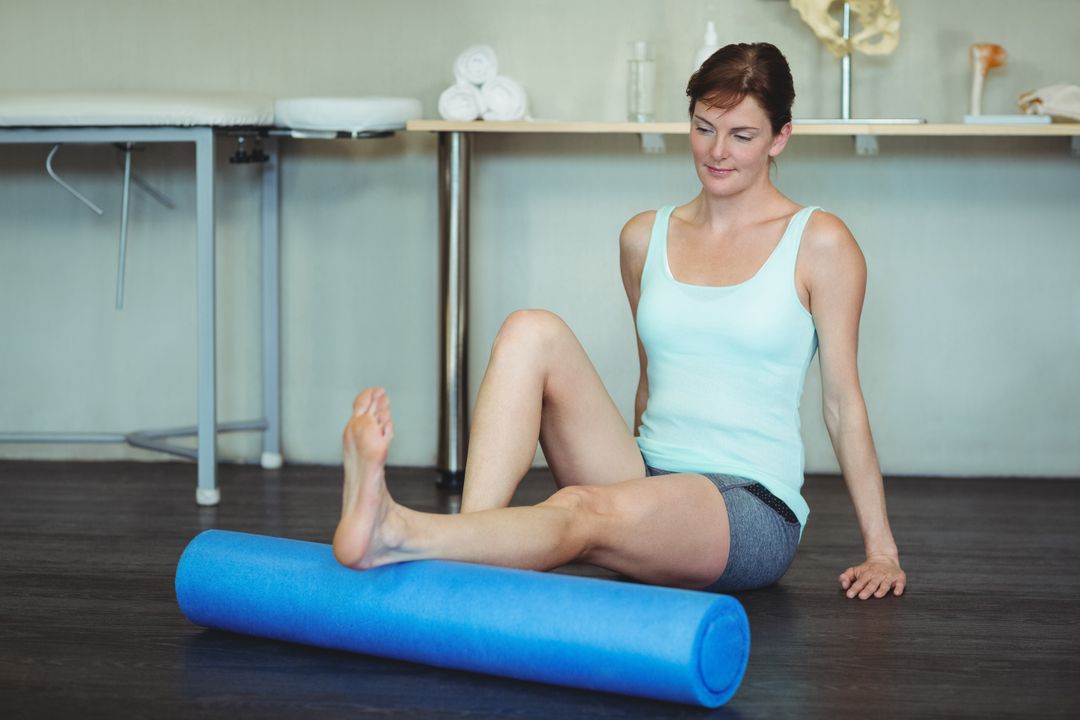
The Ultimate Guide to Foam Rolling
Just Roll with It
We often do our best to avoid things that we don’t understand. The concept and appearance of foam rolling do not reflect what we believe to be “working out” so how can we feel stronger or improve aesthetics by rolling? To put it simple foam rolling is nothing more than massaging our muscles and skin. But when we further define those three words, massage, muscles, and skin, we can start to understand this idea at a deeper level.
There are several types of massage techniques including trigger point, deep friction, kneading, longitudinal gliding, and myofascial release to name a few. Each technique is specific to different areas of muscle and fascia and has ranging physiological effects.
Feeling Stuck in Your Own Body?
When we take a closer look one can start to see the body for the complex machine that it is. Just to get to a muscle there are five separate layers of skin combined with two distinct layers of fat tissue and fascia. Each layer can be considered “independent,” meaning they are designed to move slightly about one another (micro-movements). Our skin and fascia have movement!
Muscles are strange creatures as well when seen through a microscope. Imagine a muscle as a tube that contains several smaller tubes, that contains several smaller tubes, and so on until the tubes become microscopic. Similar to our skin and fascia, each muscle “tube” is designed to move in unison but also independently of one another.

Foam rolling maintains the movement and separation between our skin, fascia, and muscles. When left unchecked these areas tend to “stick together” over time through adhesions and scar tissue. This leads to restricted blood flow to the region and restricts oxygen (carried by blood) to the muscles and underlying tissue. Muscle and tissue that receive an adequate blood flow will be more resilient and recover quicker compared to the latter. As I stated above, research heavily supports foam rolling as a means to improve fitness performance and prevent injuries.
More Than Just a Cylinder
Foam rolling is movement.
Movement is exercise.
Exercise burns calories.
Foam rolling burns calories!
Similar to any other exercise you can program foam rolling into sets, reps, and body regions. But it also has its own definitive lingo such as density, intensity, duration, and length.
Density can be defined by the firmness of the foam roller itself. Personally, I use heavy density on larger muscle groups and softer density on small muscle groups in boney areas. There are also textured, rigid rollers and vibrating rollers. These are more of a novelty than actually effective at relieving myofascial tension.
Intensity is the physical level you experience when applying pressure into the foam roller. Intensity levels are managed through the density of the foam roller and the amount of body weight applied through the targeted area. We can use our body strength to control the amount of weight applied and use a subjective scale of 0-10 to grade intensity.
Duration reflects the amount of time spent with each roll. This can last any amount of duration but can be static as well. When statically holding a foam roller over an intense area we are performing a modified form of a trigger point release.
Length is defined by the distance covered with each roll. As foam rolling skills improve, we can increase the length of each roll. Increasing the length can improve our body strength and awareness and improve the efficiency of our foam rolling sessions.
Applying these four factors to a foam rolling regimen can create tough, calorie-burning workouts while simultaneously improving the health and function of your skin, fascia, and muscles.
Sample Session
Example: Lower Body Foam Rolling
Density: Heavy density foam roller for larger muscle groups of the lower body
Intensity: Starting with a range of 6-7. Goal to decrease to 2-3.
Duration: 5-10 seconds per roll
Length: Full muscle belly
Frequency: 2 sets of 20-25 rolls each muscle
Targeted Regions: quadriceps, hamstrings, IT band, adductors, calf group
Please, take a moment to leave us a review on: google | yelp | mindbody follow us
For daily & weekly updates:
Facebook: @bmbfitnesssolutions
Instagram: @bmbfitnesssolutions
Website: www.Bmbmfitnesssolutions.Com



